Best of India Tours
- Golden Triangle Tour- Best of India & Nepal
- Classical Rajasthan
India Cultural Tours
- Images of North India- Karnataka Heritage
- Rajasthan & Goa Tour
Discover India Tours
- Grand India Tour- North to South India
- Central to South India
Rajasthan Tours
- Classical Rajasthan Tour- Golden Triangle Tour
- Grand Mughal Tour
India Luxury Trains
- Palace on Wheels- The Golden Chariot
- India Deccan Odyssey
- The Indian Maharaja
- Royal Rajasthan on Wheels
Nepal Tours
- Glimpses of Nepal- Buddhist Pilgrimage
- Nepal River Rafting
- Destinations of Nepal
- Nepal General Info
India Wildlife Tours
- North India Wild Life- South India Wildlife
Tibet Tours
- Tibet Monastery Tours- Explore Tibet
- Destinations of Tibet
Spa & Yoga Tours
- Ananda in Himalayas- Yoga & Meditation
Adventure Tours
- Manali Safari Tour- Himalayan Trekking
- Horse Safari
Pushkar
Ajmer
![]() Alwar
Alwar
![]() Bharatpur
Bharatpur
![]() Bijaipur
Bijaipur
![]() Bikaner
Bikaner
![]() Bissau
Bissau
![]() Bundi
Bundi
![]() Deogarh
Deogarh
![]() Jaipur
Jaipur
![]() Jaisalmer
Jaisalmer
![]() Jalore
Jalore
![]() Jodhpur
Jodhpur
![]() Kota
Kota
![]() Mount Abu
Mount Abu
![]() Pushkar
Pushkar
![]() Ranthambore
Ranthambore
![]() Sariska
Sariska
![]() Shekhawati
Shekhawati
![]() Udaipur
Udaipur
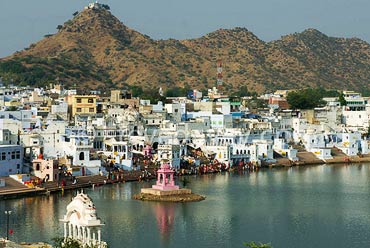
Pushkar is one of the frequently visited tourist destinations of Rajasthan. Characterised by a picturesque valley, mountainous regions, uncommon scenic spots, and several pilgrimage sites of importance, Pushkar is known all over. It also makes one of the revered Hindu pilgrimage sites of India and houses the only temple dedicated to Lord Brahma in the world. The flow of tourists to Pushkar increases exceptionally during the time of the camel fair. The locals here are very hospitable and they dress up with their best during this much-awaited camel fair.
Their colourful veils, turbaned heads, and colourfully dyed skirts, with sounds of the ektara and the soulful tunes of the Rajasthani folk songs make the nights of the Pushkar equally pleasing.
Sightseeing
Pushkar is a large accumulation of attractions. Besides some picturesque sites, there are more than 400 temples here that attract tourists towards this place every year. Some of the holy places that you should make a point to visit while in Pushkar are the Brahma Temple, Gau Ghat, Nag Hill, Markendeya Rishi Ashram, Pap Mochini Temple, Agastya Muni Ashram and Gaya Kund. Besides, the picturesque lake, the Savitri Temple, and the Pushkar Bazaar are also worth a visit.
Excursions
Pushkar also makes an important base point to visit some of the nearby destinations like Kuchaman, Kishangarh, and Roopnagar. The famous town of Ajmer houses some of the famous monuments of the Mughal era. The picturesque Sambhar Lake, also situated in Ajmer, is a bird watchers’ paradise.
Excursions for Pushkar
Brahma Temple
Brahma Temple, the only temple where Lord Brahma is worshipped, is one of the main attractions of Pushkar. The temple holds special importance for the followers of Hinduism. The temple houses a life-size four-armed idol of Lord Brahma—the creator—in the antralaya (vestibule). The temple is also characterised by its white marble floor and stairs. The walls of the temple are studded with silver coins. The coins are put by the devotees to mark the births or deaths of the loved ones of the devotees who came here to offer prayers.

Pushkar Lake

Another major attraction of Pushkar is the picturesque lake that is of immense significance for the follower of Hinduism because of its legendary origins. According to legends, a lotus fell from the hand of Lord Brahma and dropped into this valley. A lake sprang up on the spot, which was subsequently dedicated to him. The entire lake is supposed to be surrounded by 500 temples, 52 palaces, and 52 ghats.
Pushkar Bazaar
Pushkar is particularly famous for the many shopping options that it offers. The local markets display souvenirs, Rajasthani costumes, jewellery, embroidered fabrics, decorative pieces and groovy accessories. The bazaar becomes a hub of activity during the annual Pushkar Fair.
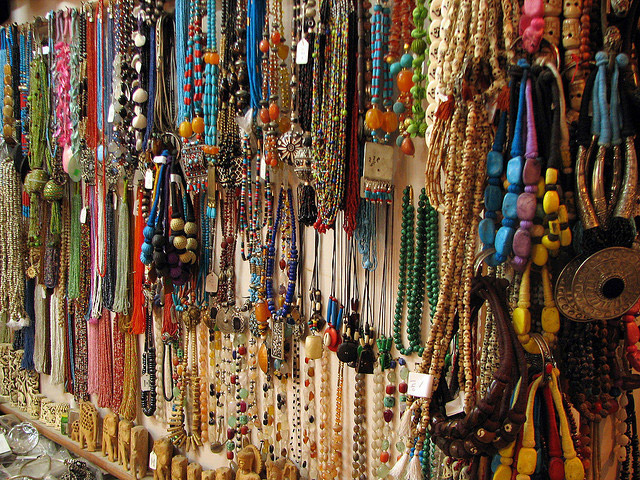
Savitri Temple
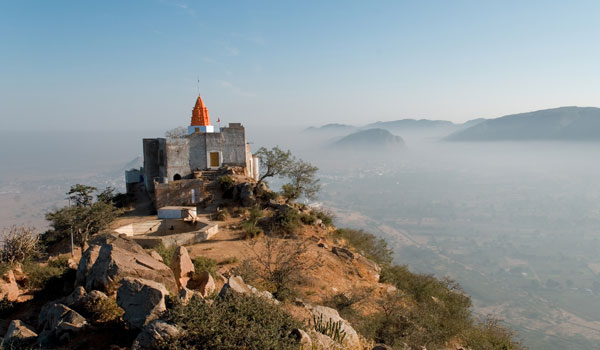
The Savitri Temple, located on the top of the Ratnagiri Hill, is dedicated to Goddess Savitri, the wife of Lord Brahma. According to legend, Brahma had performed a yagna alongside Gayatri, a young milkmaid. This enraged the Goddess who cursed her husband that he would never be worshipped anywhere except in Pushkar and that too only once a year. After cursing the Lord, Savitri left for the Ratnagiri Hill and immolated herself. The present temple was built on the very site where Savitri is believed to have committed immolation. The temple houses a beautiful statue of Goddess Savitri inside it.
Mahadeva Temple
Built in the 19th century, the Mahadeva temple is characterised by its statue of Lord Mahadeva. Built of white marble depicting Mahadeva with five faces, the temple is remarkable for the elegance of its structure and the nature of its ornaments.
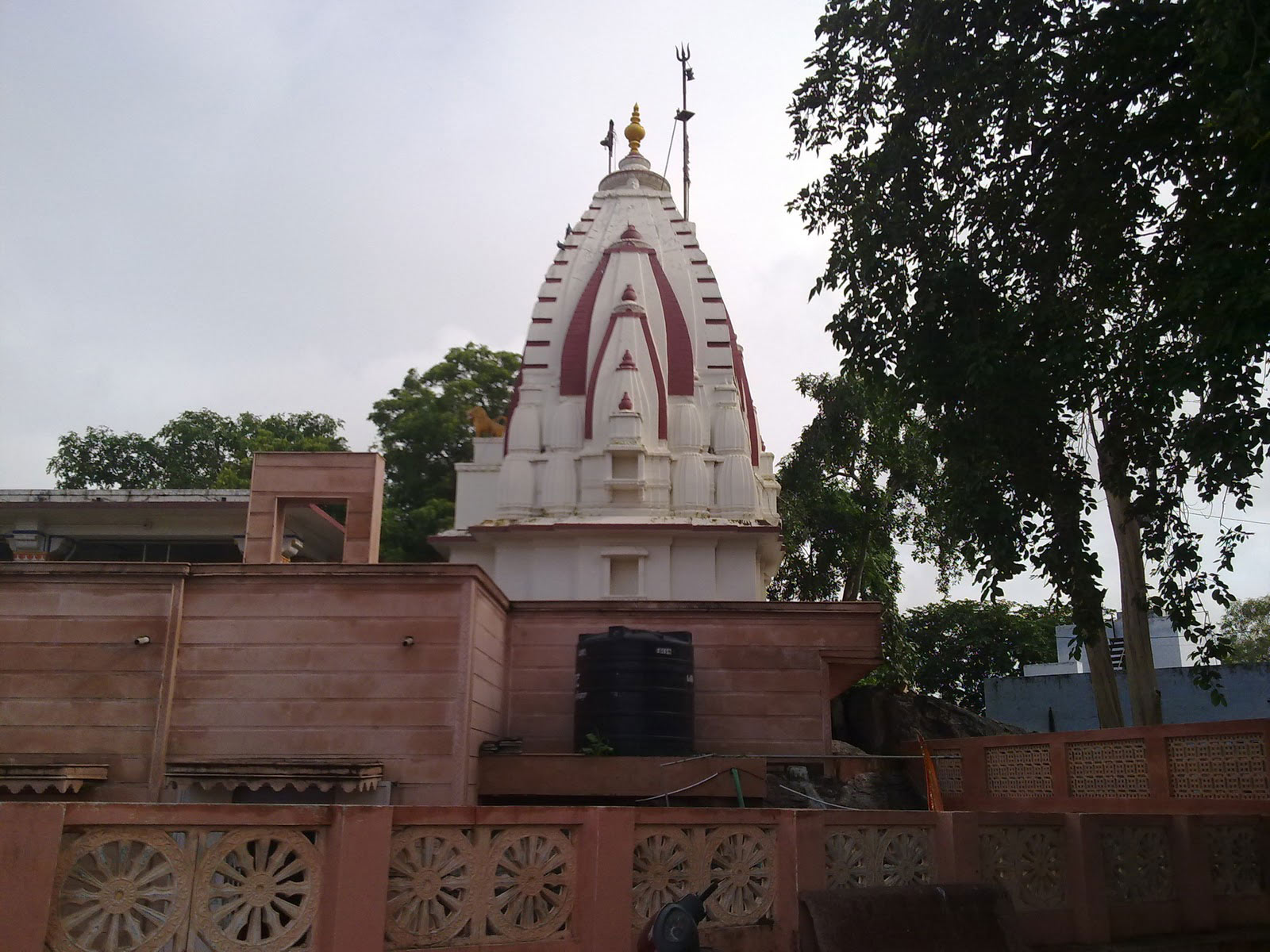
Rangji Temple
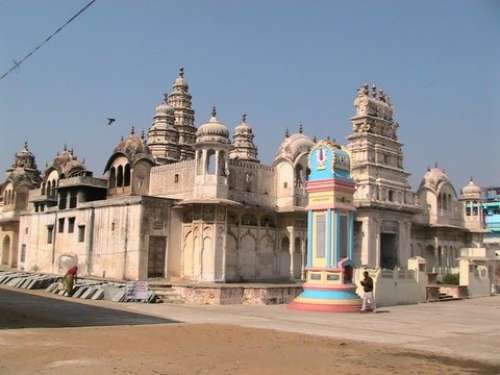
The Rangji Temple is dedicated to Vishnu, the Preserver of the Hindu Trinity. Built in the style of the South Indian temples, it houses two massive structures of dwarpalas (gatekeepers) in front of the main gate. The temple has an image of Garuda, the mount of lord Vishnu.
Varaha Temple
The local Varaha Temple of Pushkar was built in the 12th century. This temple is dedicated to Varaha, the boar incarnation of Lord Vishnu, who is believed to have appeared here.
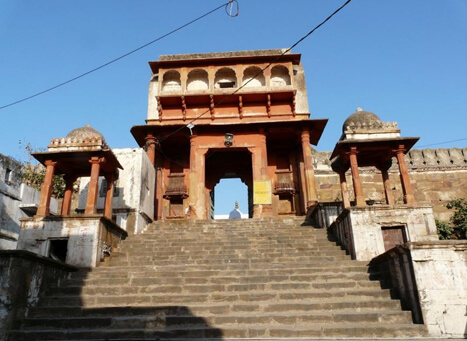
Man Mahal
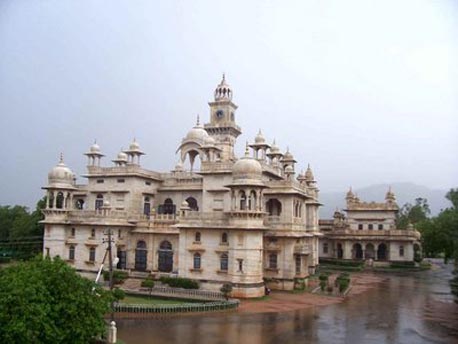
The Man Mahal was built by Raja Man Singh of Amber. It is presently functioning as the Rajasthan Tourism Development Corporation's tourist bungalow.
Ajmer
Ajmer was founded in the 11th century by Ajaydev, a local Rajput ruler. The city is famous for the dargah (tomb) of Sufi Saint Hazrat Khwaja Moinuddin Hasan Chisti, whose Urs is celebrated every year in the seventh month of the Muslim lunar calendar. Pushkar, a small holy town of Hindus near Ajmer, is now famous for its camel fair that attract the tourists from all over the world.
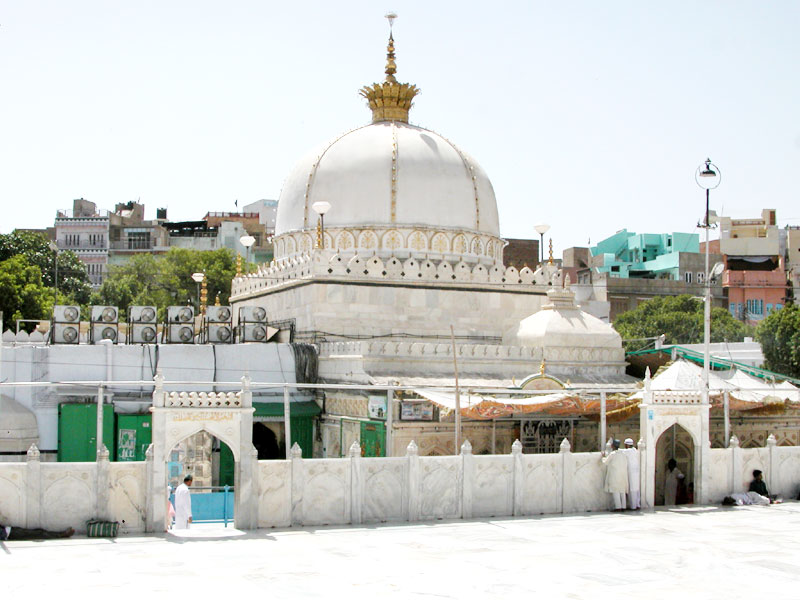
Kishangarh
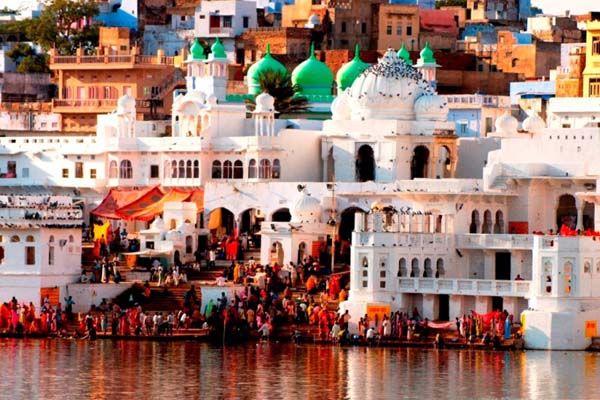
The miniature paintings of the Kishangarh School developed in the mid-18th century under the patronage of the royal family of Kishangarh. The hallmark of these paintings is the sharp profiles, slanted eyes, and aquiline noses that make them distinctively different from other paintings of the same genre in India. The main attractions of Kishangarh are its fort and Phool Mahal (Flower Palace), now converted into a hotel.
Kuchaman
Kuchaman, near Pushkar, is famous for its fort. A visit to Kuchaman takes you to the magic of a bygone era. The Meera Mahal depicts the life of Meera Bai in miniature paintings; the Lok Dev temple, built by Ranjit Singh to honour the sacrifices of the masses, also houses beautiful paintings of Lok Devatas such as Sant Tejaji, Sant Gogaji, Sant Pabu Rathore, Baba Ram Dev, Sant Kesaria Kanwarji, Sant Jamboji, Sant Ravi Das, Sant Kabir, Guru Nanak and Khawaja Moinu-din-chisti. Some other sites worth visiting include the Meena Bazaar (where merchants, tradesmen and craftsmen used to put up their wares for sale to the royalty) and the China Pole (with its exceptional intricately painted interiors made by a Chinese traveller narrating his experiences during his travels in India).
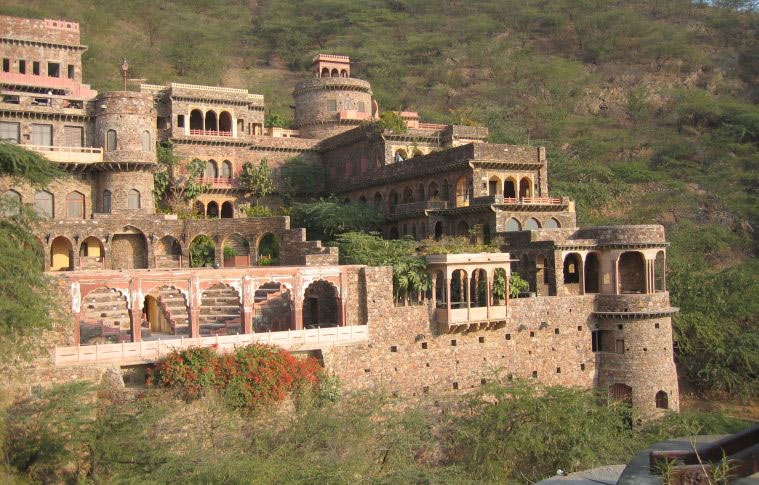
Roopangarh Fort
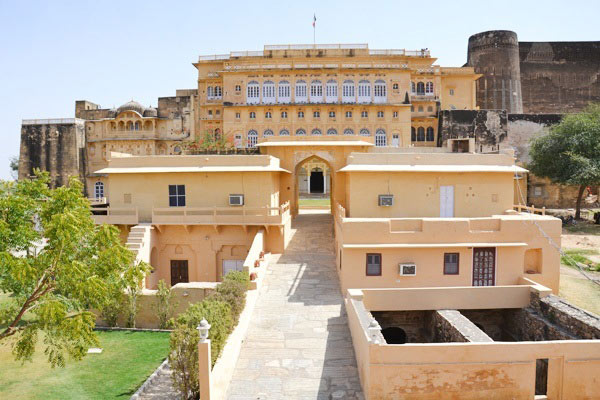
The Roopangarh Fort was constructed by King Roop Singh of Kishangarh in 1648 exclusively for defence. Originally a nine-turreted fort, new additions were continuously made to it in couse of time. The different styles of architecture can be distinctly observed in the fort.Kishangarh and Roopangarh are both situated at a distance of around 100 km from Jaipur
Sambhar
Declared as a wetland of international importance, Sambhar Lake is a wonderful place to visit near Pushkar. Apart from being a place where horizons stretch to infinity, where water and sky merge in a shimmer of gauzy blue, the Sambhar Lake is also regarded as the bird watchers\’ paradise. The lake is home to about 140 species of birds, including land birds. Legend has it that Raja Yayati, a descendant of Lord Brahma, married Devyani, daughter of Shukracharya (the guru of demons) who lived by the lake.
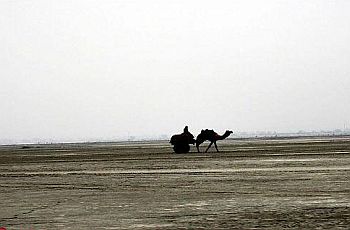
Fact File
 Area:16.34 sq. km
Area:16.34 sq. km
 Population: 11,506 (1991)
Population: 11,506 (1991)
 Altitude :486 metres above sea level
Altitude :486 metres above sea level
 Best Time to Visit: October to mid-March
Best Time to Visit: October to mid-March
 Languages: Hindi, Rajasthani, English
Languages: Hindi, Rajasthani, English
 STD Code:014581
STD Code:014581




